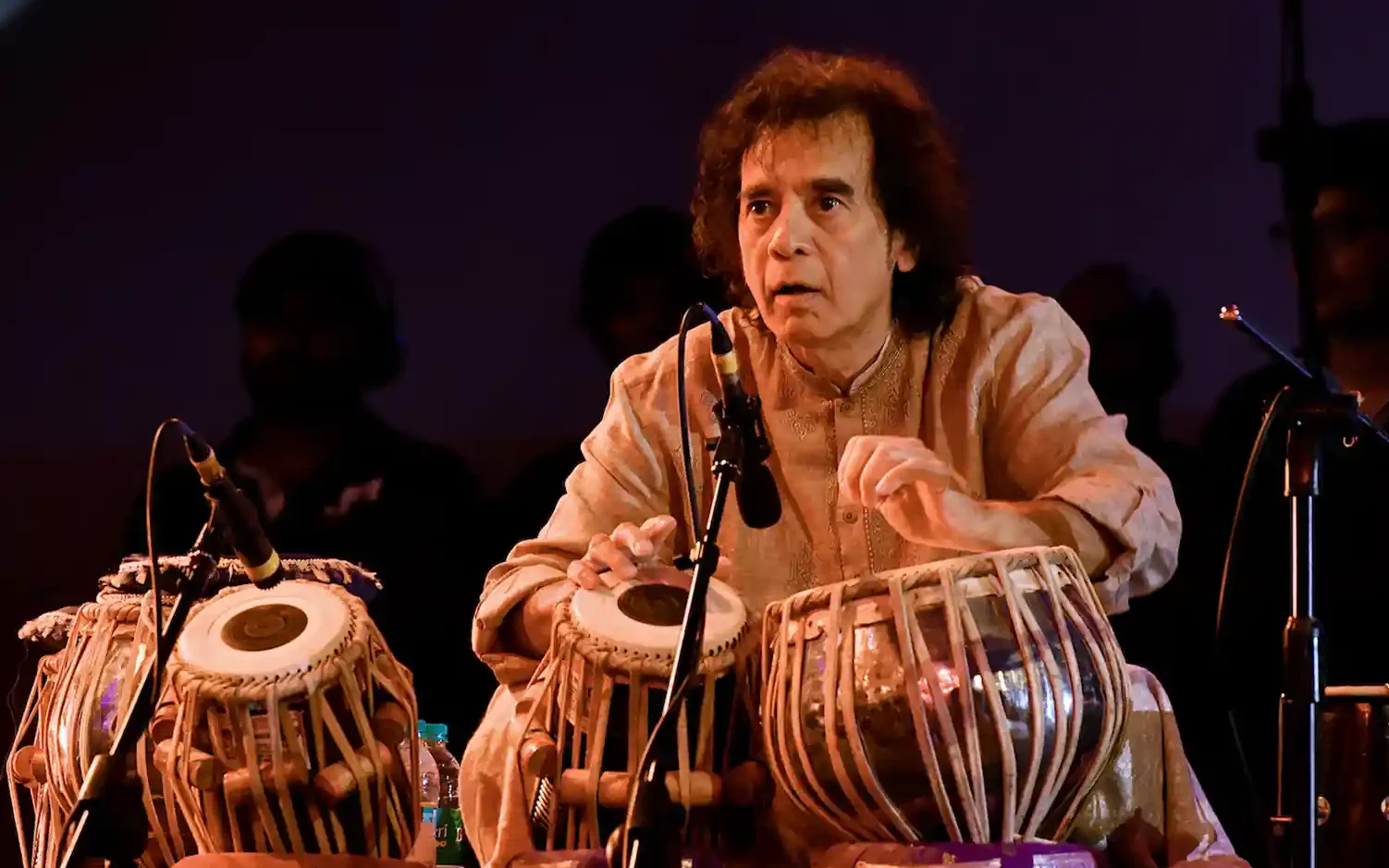
In contemporary Africa, new electronic music can generally be classified into two distinct categories. The first involves artists who adapt mainstream genres like house, techno, or electronica, giving them a local twist. These artists incorporate samples of traditional music into the structural framework of these genres, creating a fusion that resonates with specific social groups and aids in creating cultural identity. This approach often includes elements such as traditional or Afrofuturist stage costumes, further reinforcing the connection to local heritage. The second category stems from technical limitations. These artists, often working without access to live musicians, turn to digital tools to create traditional-sounding music that aligns with the structures of electronic genres. Their goal is not to target global club scenes, but rather to address the need for musical accompaniment in traditional performances. Many of these genres emerged at weddings, where they blended respect for cultural traditions with a desire for innovation, reflecting the celebration of the couple, their families, and the community.
In northern Uganda, the fusion of Acholi music with electronic elements has led to the emergence of a new genre called Acholitronix. The term is a blend of “Acholi” and “electronic,” and it has gained significant traction in global alternative electronic music circles, largely due to two influential albums released by the Kampala-based Nyege Nyege Tapes label: Otim Alpha’s Gulu city anthems (2017) and the compilation album Electro Acholi’s kaboom (2019). Another key figure in the Acholitronix movement is Akena P’Layeng Okella, better known as Leo Palayeng (pictured above). Palayeng began playing the inanga harp at the age of six, shortly after his father was killed during the war between the Ugandan government and various armed factions in northern Uganda. His early experiences as a musician shed light on how musical traditions transform in societies affected by trauma and sociopolitical upheavals, both during the colonial era and more recently through the civil war.

As an Acholi musician, Palayeng’s life has mirrored the changing dynamics of his community, as he has been an active participant in its cultural evolution. In the late 1990s, Palayeng joined a theater group where he performed dance routines set to rumba and rap music. During this time, he began recording his first rap songs and became a radio announcer. He also explored music production using early sound software like Fruity Loops 3.45, eventually producing his first Acholi electronic tracks.
Since beginning his career as a producer in the early 2000s, Palayeng has embraced a musician-researcher approach to his work. He actively records and archives the musical traditions of various Acholi instruments, often incorporating them into his own compositions. To document and preserve Acholi musical heritage, Palayeng travels to the outskirts of Ugandan cities to capture the sounds of traditional music and instruments. This archival effort holds deep significance for Palayeng–not only does it instill a sense of pride in his own Luo cultural heritage, but it also serves as a wellspring of inspiration for his future work. His creative process typically begins with acoustic samples, which he then layers with an electronic aesthetic. This aesthetic is defined by the integration of MIDI instruments and additional samples alongside the traditional recordings. One of the defining features of Acholitronix is the use of call-and-response, a central element of Acholi music. Another notable aspect of this genre is the shift in tempo—where traditional rhythms are often sped up, with tracks rarely dipping below 160 beats per minute, marking the transition from acoustic to electronic with a noticeable acceleration.


Reflecting on this creative adaptation, Palayeng explains, “I decided to blend traditional Acholi rhythms with electronic patterns. The process of creating the first larakaraka loops wasn’t easy—it took a lot of time. I started by recording traditional drums and calabash sounds to create samples for Fruity Loops add-ons, which I then installed onto my computer. I was able to capture the true essence of Acholi sounds with a focus on quality. One night, after a long session in the disco hall, the club closed, and I found myself deep in thought. I decided to create a simple project using a Fruity Loops sequence. I cranked the BPM up to 158, then dropped the calabash samples into the MIDI sequence, making them feel like they were being played live on stage. Boom! That was it. The loops for wedding celebrations and other electronic Acholi tribal patterns I used to play on the inanga came rushing back to me.”
This according to “Leo Palayeng: Bridging the gap from traditional to electronic Acholi music” by Rémy Jadinon (African music: Journal of the International Library of African Music 11/4 [2022] 90–106; RILM Abstracts with Full Text, 2022-22008).






